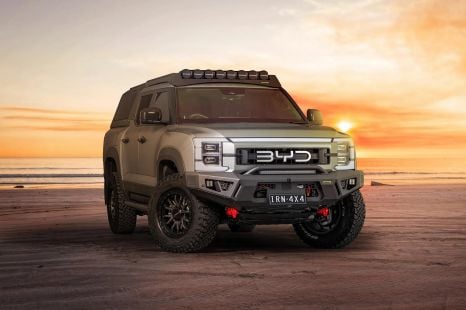

William Stopford
BYD Shark 6 gets higher payload thanks to GVM upgrade
4 Hours Ago

News Editor
Welcome to the next generation of Lexus.
Toyota’s luxury brand has revealed the LF-Z Electrified concept, an all-electric crossover that gives us a preview of the styling, performance and technology we can expect to see in Lexus models by 2025.
By that year, Lexus will introduce 20 new or improved vehicles, 10 of which will be hybrid, plug-in hybrid or all-electric models.
The company says it’ll strengthen and expand its core sedan and SUV line-up but will “pursue the possibility of rolling out models such as sports models”.
Every Lexus line will offer an electric variant by 2025 and Lexus expects sales of its electric vehicles to exceed that of its petrol-powered models.
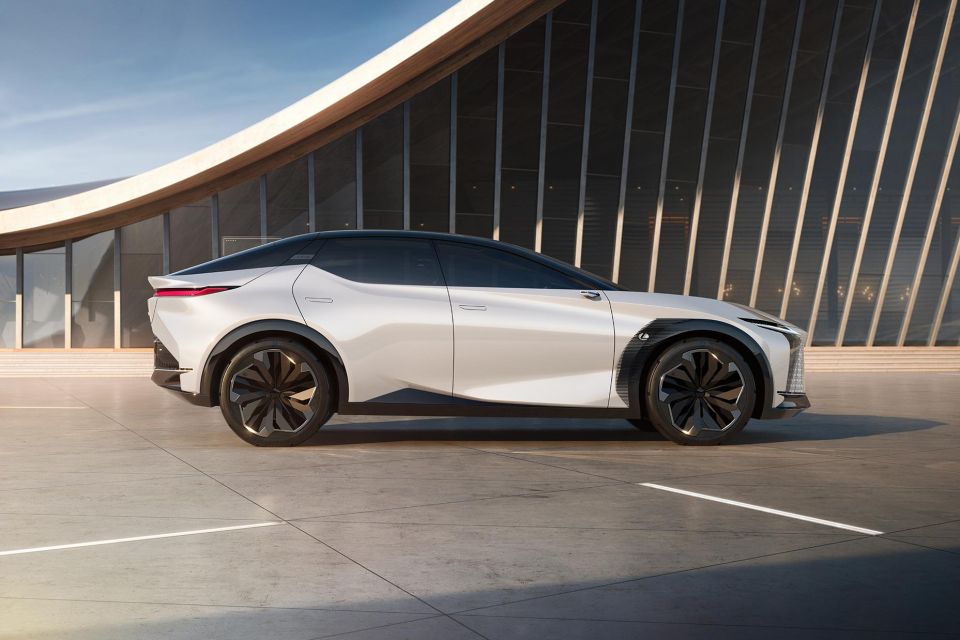
The LF-Z Electrified is a “study model” and rides on a dedicated all-electric platform with a longitudinally-mounted battery assembly, steer-by-wire, and DIRECT4, a new dual-motor all-wheel drive system.
The company says the DIRECT4 system will control the amount of torque being sent to the front and rear axle in dual-motor vehicles, along with the braking on each wheel.
The system can switch between front-, rear- or all-wheel drive.
The LF-Z Electrified features a 90kWh liquid-cooled lithium-ion battery and a claimed 600km electric range under the stricter WLTP standard, while total outputs of 400kW of power and 700Nm of torque means it achieve a claimed 0-100km/h time of 3.0 seconds.
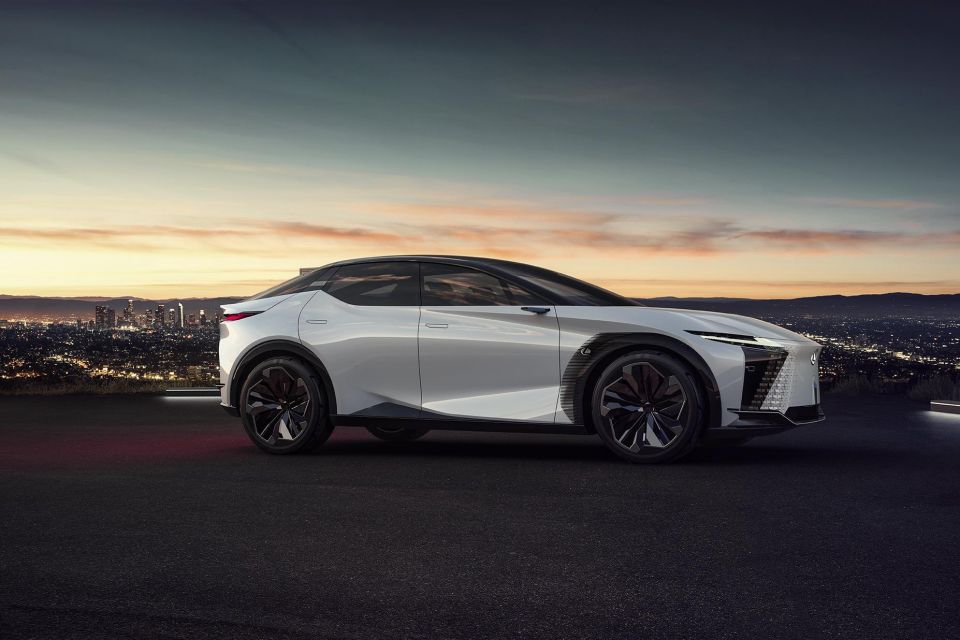
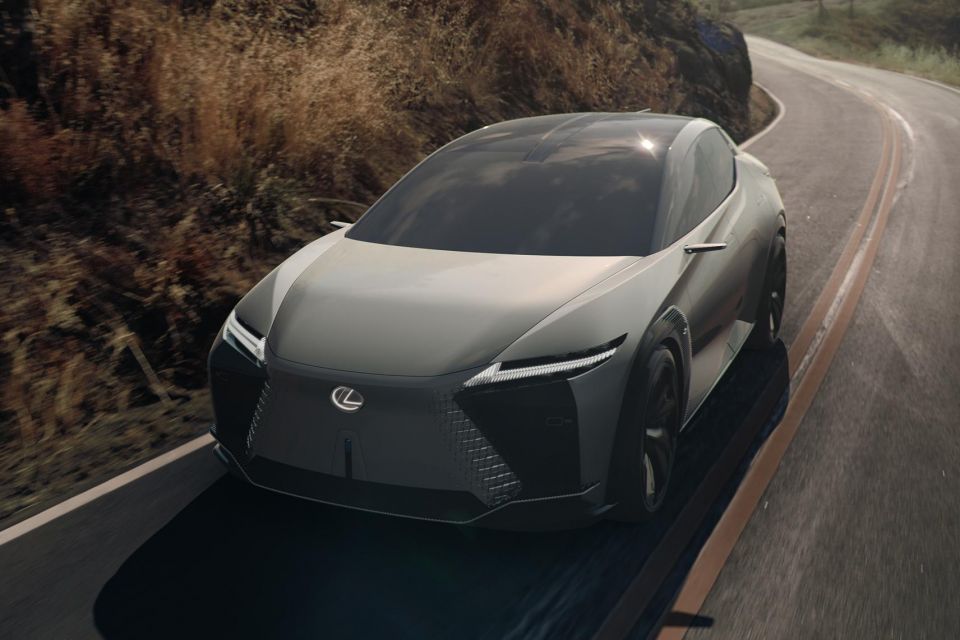
It measures 4880mm long, 1960mm wide and 1600mm tall on a 2950mm wheelbase, or roughly the size of a Lexus RX.
While there’s no conventional grille, the spindle look of Lexus’ petrol-powered models is very much in effect.
There are short overhangs front and rear and a sleek, fastback roofline with a beltline that rises sharply towards the rear of the rear doors.

The doors also use flush, retractable handles and are opened from the inside via a switch.
Down back, there’s a full-width tail light assembly that wraps around the corners of the vehicle and includes Lexus spelled out in lieu of the brand’s traditional logo.
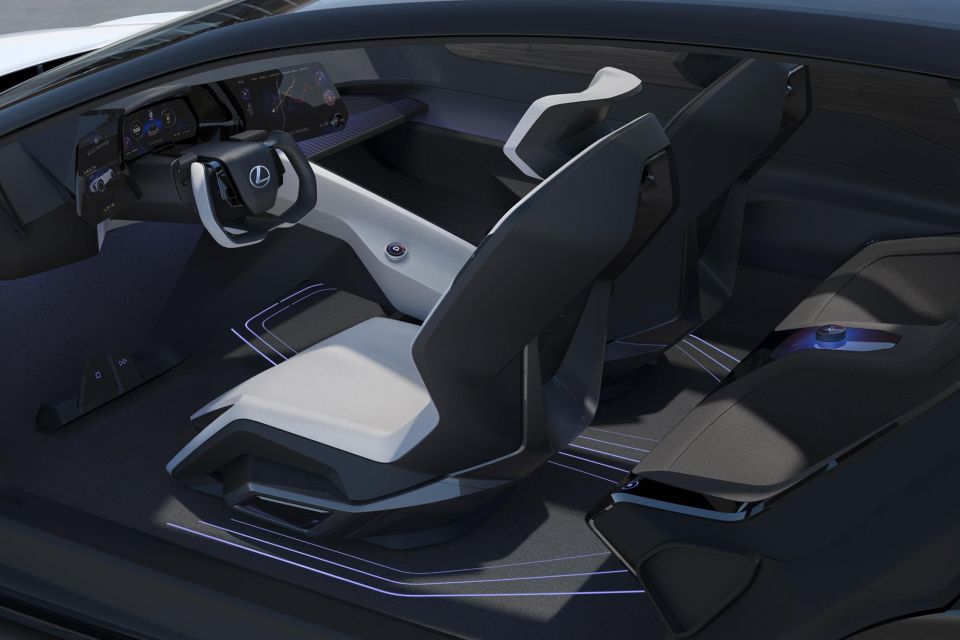
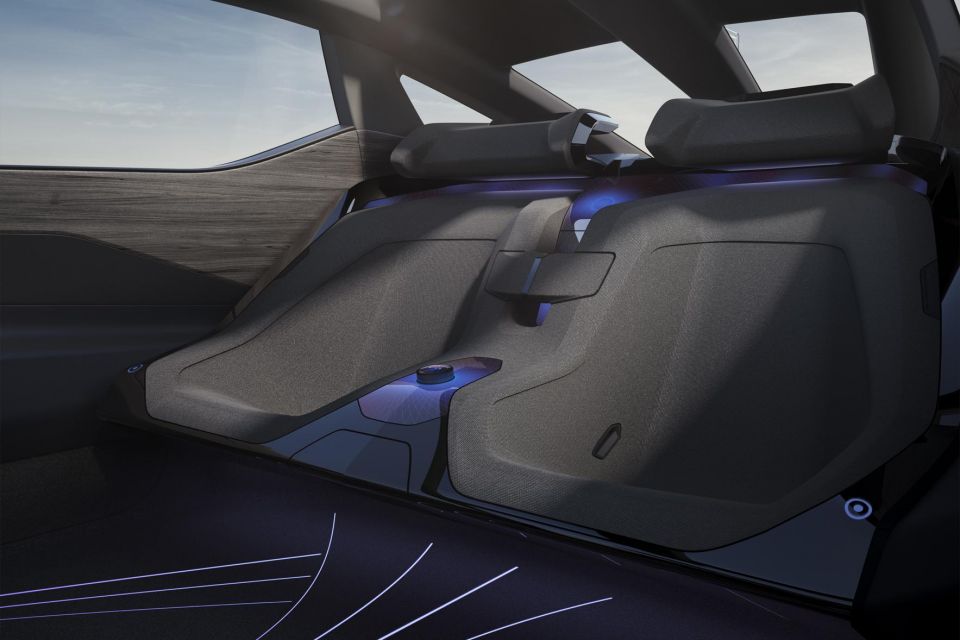
Inside, the LF-Z Electrified has a driver-oriented cabin with an augmented reality head-up display.
The car’s AI learns the driver’s preferences and habits and will suggest driving routes and restaurant reservations.
The panoramic roof uses electrochromic glass, which can be dimmed for privacy or illuminated to reflect the sky.

In the centre of the roof is a touch panel that connects the front and rear seats and is used for communicating between the two rows.
Other interior features include reclining rear seats with a massaging function, active noise cancellation via the next-generation Mark Levinson sound system, and a “digital key” that allows you to do things like lock and unlock the car using only your smartphone.
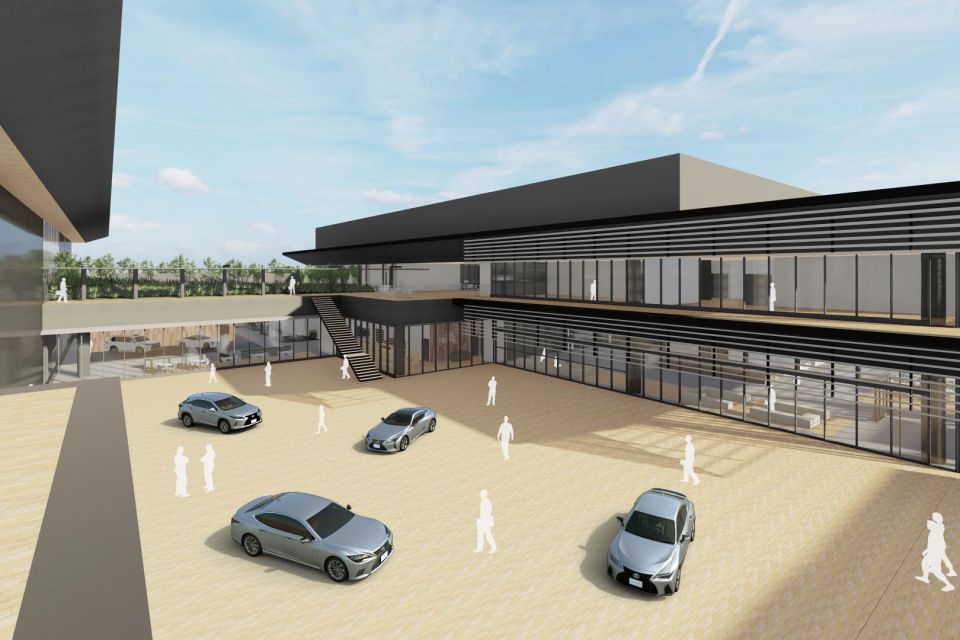
The company is opening a new business and technical centre in 2024 at Toyota Technical Centre Shimoyama (TTCS), which will include 10 different test courses.
In addition to expanding its range of electrified and electric models, Lexus is also becoming more environmentally-friendly with its production processes.
By 2050, Lexus aims to be carbon neutral throughout the lifecycle of its entire model range, from manufacturing to freight and, in turn, the recycling of vehicles.
The company’s first all-electric vehicle, the UX300e, touches down in Australia in November 2021.
Unlike the LF-Z Electrified concept, it uses the platform of an internal combustion engine vehicle.
Where expert car reviews meet expert car buying – CarExpert gives you trusted advice, personalised service and real savings on your next new car.
William Stopford is an automotive journalist with a passion for mainstream markets and historical automotive pieces.


William Stopford
4 Hours Ago


Ben Zachariah
6 Hours Ago
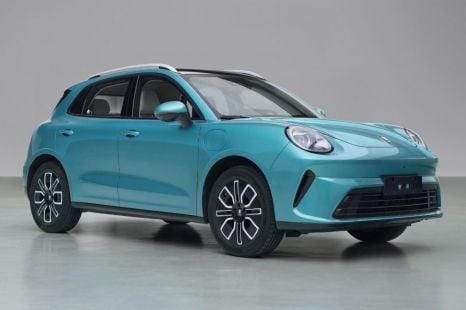

William Stopford
6 Hours Ago
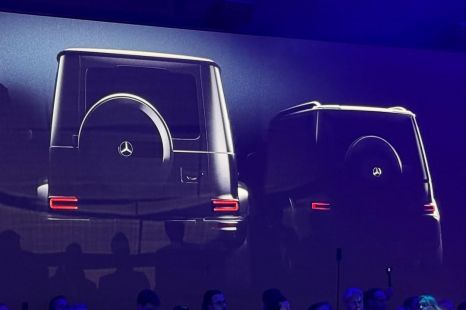

Ben Zachariah
9 Hours Ago
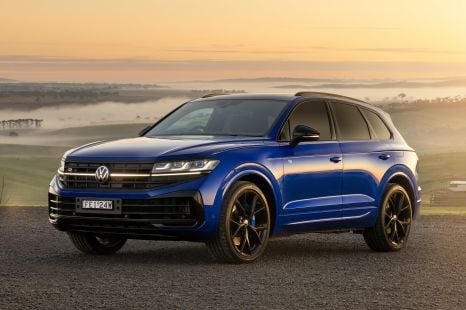

Damion Smy
9 Hours Ago
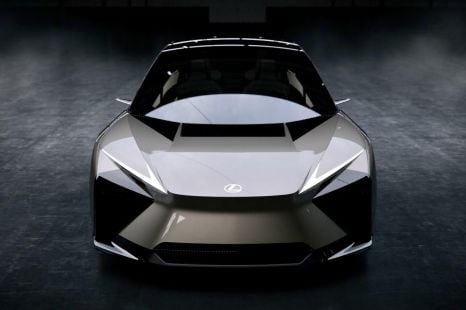

Ben Zachariah
9 Hours Ago